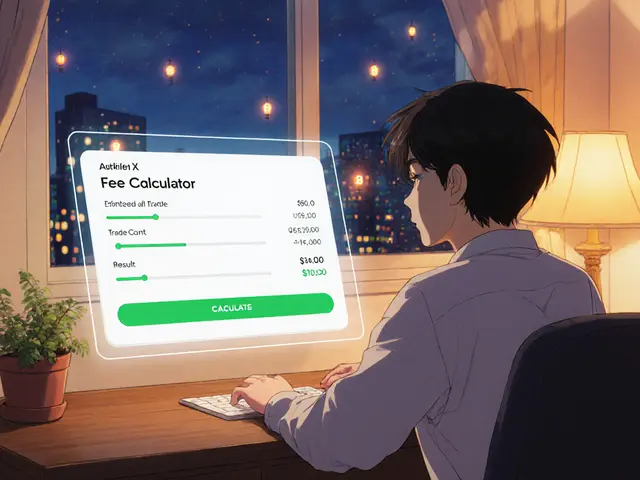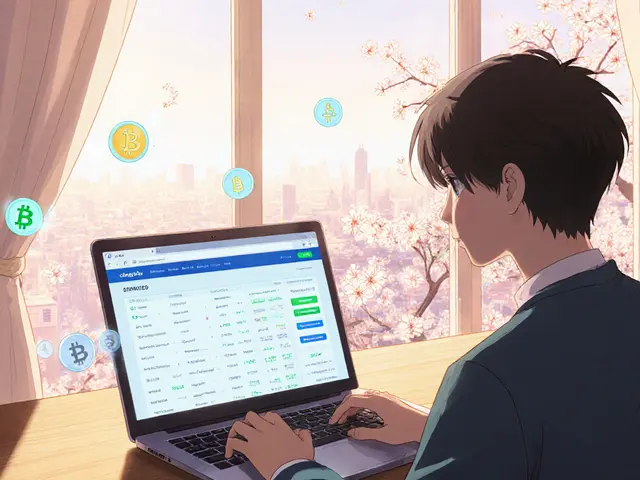Borrowing Power Explained
When you hear Borrowing Power, the total credit you can pull from a broker or lender based on the assets you hold. Also known as credit capacity, it tells you how much you can borrow to amplify a trade or fund a new position. Leverage, the ratio of borrowed funds to your own capital directly expands that capacity, while Collateral, the crypto or fiat you lock up as security defines the safety net lenders rely on. The higher your borrowing power, the more you can swing at market moves, but it also nudges risk higher. Understanding these three core pieces—Borrowing Power, Leverage, and Collateral—sets the stage for any smart crypto‑trading strategy.
Key Factors That Influence Borrowing Power
First, Leverage isn’t just a number; it’s a tool that lets you control a larger position with a smaller cash outlay. For example, a 5x leverage means you can trade five times your deposited capital, but the lender will usually require a Loan‑to‑Value (LTV), the percentage of the asset’s value you’re allowed to borrow of 20‑30% on volatile coins. A lower LTV reduces the chance of a margin call, because the lender keeps a bigger cushion of collateral. Second, the type of Collateral, whether it’s Bitcoin, stablecoins, or tokenized real estate matters a lot. High‑quality, low‑volatility assets like USDC usually let you borrow more because they’re easier to liquidate if prices tumble. Third, the platform’s Crypto Lending, services that match borrowers with lenders and set interest rates rules can change your effective borrowing power overnight. Some exchanges offer higher leverage for short‑term traders, while DeFi protocols might allow deeper borrowing but at variable rates that respond to market demand. Together, these entities form a network: Borrowing Power encompasses Leverage, Leverage requires Collateral, Collateral quality influences LTV, and LTV shapes the Credit terms offered by Crypto Lending platforms.
Putting theory into practice means monitoring a few simple metrics. Keep an eye on your current LTV ratio; if it creeps above the platform’s safety threshold, you’ll face a margin call that can force you to sell assets at a loss. Track the volatility of the collateral you’ve locked up—high swings can instantly shrink your borrowing power even if the nominal LTV stays the same. Use risk‑management tools like stop‑loss orders to cap potential losses before they erode your credit cushion. Finally, compare the interest rates across multiple lenders; a small rate difference can add up quickly, especially if you stay leveraged for weeks or months. By treating Borrowing Power as a dynamic gauge rather than a static number, you’ll be able to scale up when the market is calm and scale down before a storm hits. Below you’ll find hands‑on guides, deep‑dives, and real‑world examples that break each of these pieces down, so you can decide how much credit you truly need and how to keep it safe.
Understanding Collateral Factor and Borrowing Power in DeFi and Traditional Lending
Learn how collateral factor determines borrowing power in DeFi and traditional finance, compare key metrics, manage risk, and boost your loan capacity.





